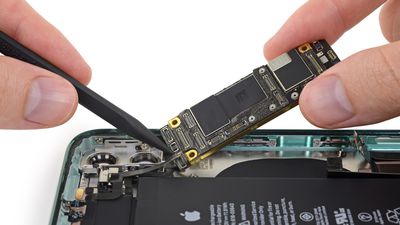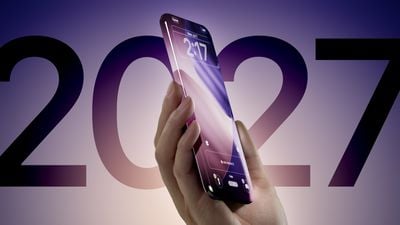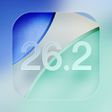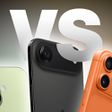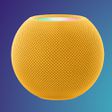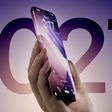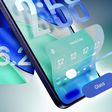OpenAI added several new features to its flagship ChatGPT product today, introducing Apple Music support and upgraded image generation capabilities.

ChatGPT has supported app integrations since earlier this year, and it will soon work with Apple Music. With Apple Music integration, ChatGPT will be able to make music recommendations and playlists based on listening history and user suggestions.
Music recommendations made by ChatGPT will be able to be clicked to open the Apple Music app on desktop or on an iOS device. Apple Music is not available as an app integration just yet, but it is coming in the near future.
Along with Apple Music support, ChatGPT now has better image generation capabilities. ChatGPT Images is able to generate images up to 4x faster, and can make precise edits to an image while preserving details. OpenAI says that ChatGPT can tweak only the details you want updated, keeping lighting, composition, and people's appearance consistent across inputs, outputs, and edits.
The new model "excels" at adding, subtracting, combining, blending, and transposing for more realistic image creations using real photographs. It is better at adding text to images and altering layouts, and OpenAI says that it follows instructions more reliably than the prior-generation version.
With the update, the ability to generate some specific art styles like anime has regressed and it is no longer as good at altering images featuring many people, but OpenAI says that using preset filters can help, and the previous version of the image generator remains available to use.
ChatGPT Images, an image editing experience built into ChatGPT, includes dozens of preset styles and prompts that users can try out. It's available in the mobile app and on the web.
The updated Images model is rolling out today for all ChatGPT users, as is the new Images experience built into ChatGPT. ChatGPT's new image functionality will allow it to better compete with Google's Nano Banana image generator.
Update: The Apple Music mention has been removed from the original Substack post that included it, though it is unclear if the mention was incorrect or if OpenAI simply did not yet have authorization from Apple to disclose the upcoming partnership.



















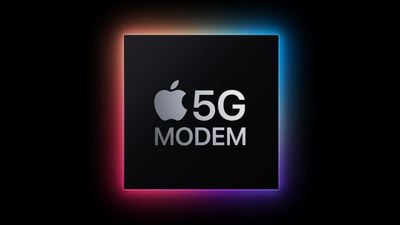


 Note: MacRumors is an affiliate partner with Sonos. When you click a link and make a purchase, we may receive a small payment, which helps us keep the site running.
Note: MacRumors is an affiliate partner with Sonos. When you click a link and make a purchase, we may receive a small payment, which helps us keep the site running.